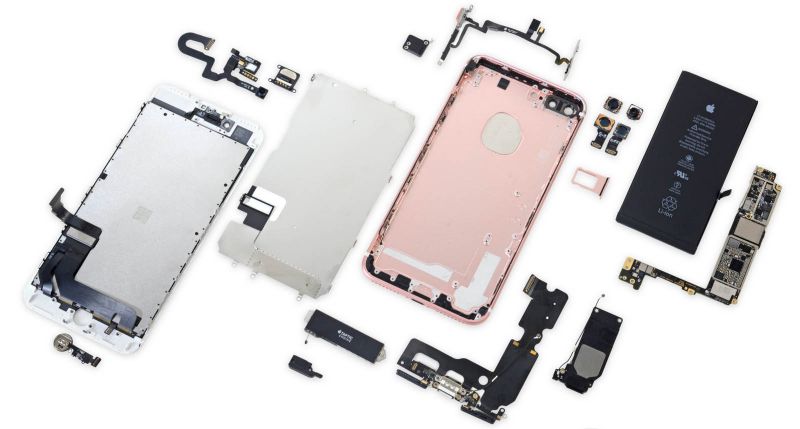Smartphones and modern mobiles are devices designed to have a short lifespan, which, together with their massive materialization, will lead, according to the Waste Electrical and Electronic Equipment (WEEE) Forum, in which In 2022 alone, 5.3 billion modern smartphones and mobile phones will be thrown away.
The WEEE Forum is an international non-profit organization that focuses on the collection and processing of electrical and electronic waste. As a way of commemorating International E-Waste Day, the organization explains that if the mobile devices that will be retired in 2022 were stacked on top of each other with an average depth of 9 millimeters, the result would rise by approximately 50,000 kilometers, which would be 120 times the height of the International Space Station and an eighth of the distance that would take us to the Moon. On the other hand, there are currently about 16 billion smartphones in people’s possession.
The situation is even more shocking considering that the devices contain valuable materials such as gold, copper, silver, palladium and other components that can also be recycled. However, most are expected to end up abandoned in drawers, cupboards, closets or garages, and that’s when they aren’t thrown into the bins so they don’t end up in landfills or the incinerator. Another interesting fact is that mobile phones are in fourth place among the small electrical and electronic products that consumers accumulate the most.
In addition to the estimate of the number of discarded mobile phones, the WEEE Forum published the results of surveys carried out in various countries of the European Union, which were, in addition to Portugal, the Netherlands, Italy, Romania and Slovenia, as well as the United Kingdom. . As a result, every household has an average of 74 electronic products including tablets, laptops, power tools, hair dryers, toasters and other appliances (excluding lamps), of which 13 are in stock, an average of 9 unused and another 4 broken.
The five most accumulated small electrical and electronic products in households in the countries that participated in the surveys were, in the following order, small consumer electronics and accessories (headphones, remote controls…), small household equipment (watches, irons…). . ), small information technology devices (external hard drives, routers, keyboards, mice… ), mobile phones and smart phones and small food preparation devices (toasters, food processors, grills… ).
The main reasons for hoarding electrical and electronic equipment are the possibility of reusing it in the future (46%), the possibility of selling or donating it (15%), the sentimental value (13%), the possibility that it has value in the future (9%) and not knowing , how to get rid of it (9%).
As we can see, the problem in terms of e-waste is not only mobile phones, but also the increasing number of electrical and electronic devices that we have in our homes, which in many cases are created based on an aggressive software obsolescence policy. .













